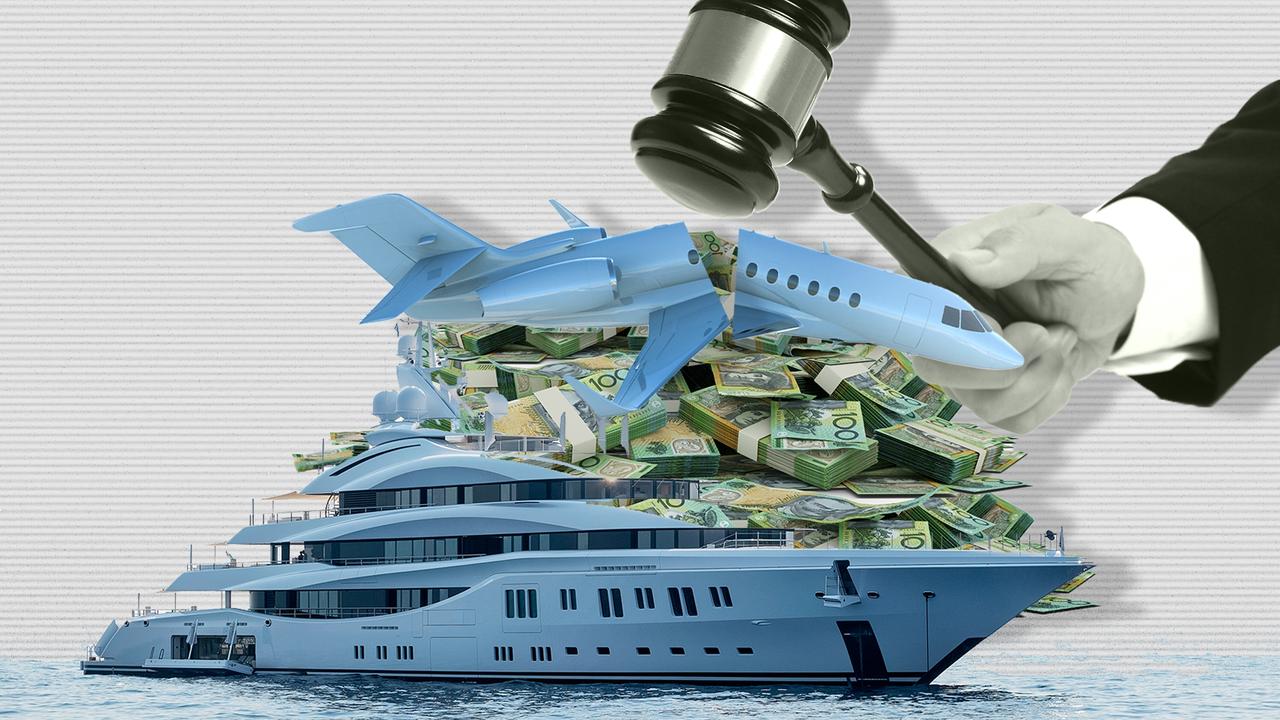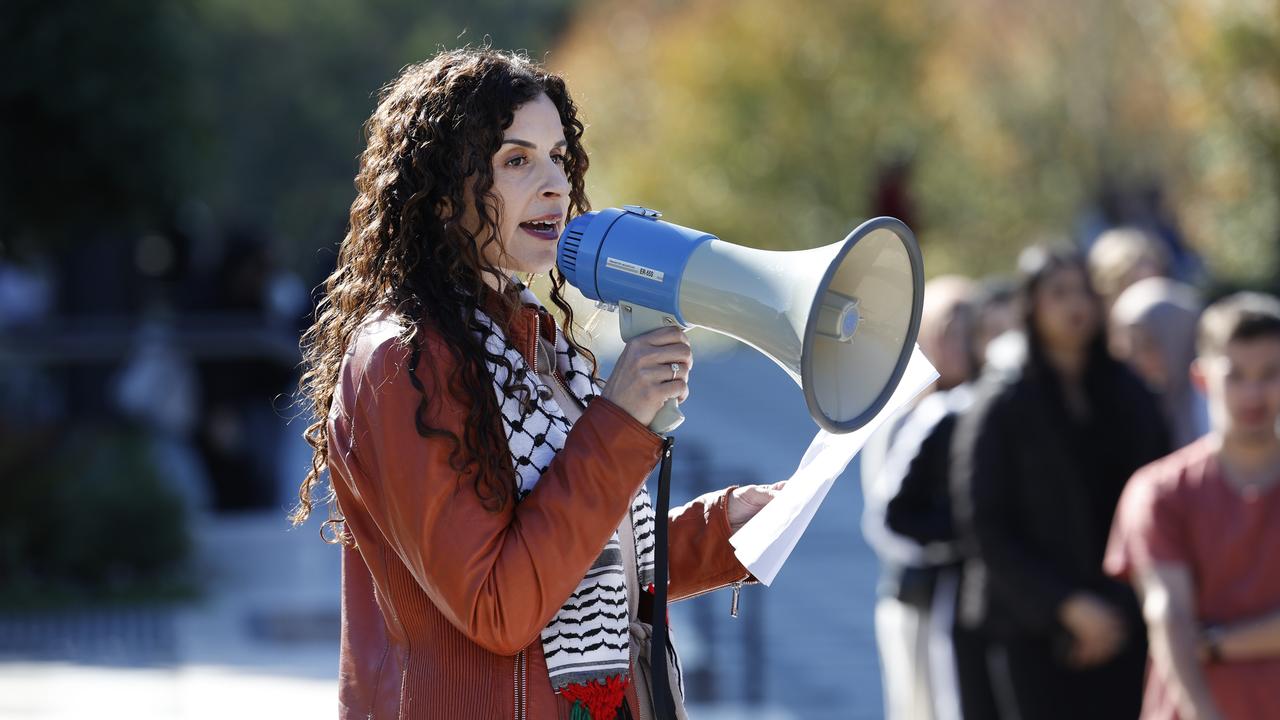Close encounters of the unidentified aerial kind
The skies over Australia have long been fertile territory for UFO sightings, old records show.
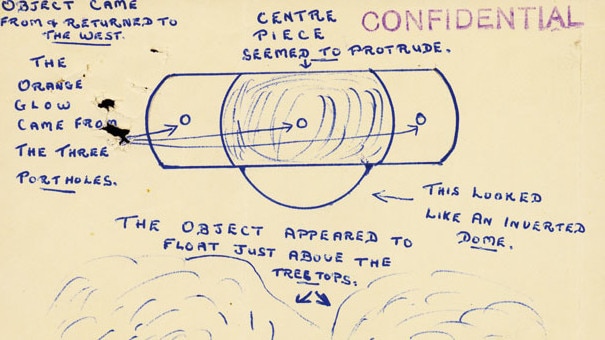
This month around 2700 declassified CIA documents on unidentified flying objects, acquired under US Freedom of Information legislation, became available online. The document dump, said by the agency to represent the whole of its UFO collection, includes reports with titles such as Flying Saucers over Belgian Congo Uranium Mines and Fast-Moving Flying Objects over Stalingrad.
For decades CIA officials denied having any interest in UFOs, worried that the American public’s “alarmist tendencies” would interpret agency interest in UFOs as proof of “unpublished facts” known to the US government.
In the 1950s a high-level US scientific panel, including the future Nobel Prize-winning physicist Luis Alvarez, concluded that most, if not all, sightings of “flying saucers” had a rational explanation. Australians, however, were not so sure.
The National Archives in Canberra contain hundreds of reports of UFO sightings in Australia and its former territories, notably Papua New Guinea. In an attempt to counter the sensational implications of the term unidentified flying objects, the department of air labelled them unidentified (or unusual) aerial sightings.
Between January 23, 1960, and December 30, 1971, the RAAF — which was responsible for investigating UFO sightings — received 595 UFO reports. Of these, the department assessed that “93 per cent were explainable by present scientific knowledge” — leaving a tantalising 7 per cent of sightings that lacked sufficient information for proper analysis or could be attributed only to “unknown causes”. The air force spent “a considerable amount of effort” investigating each report and most observers were interviewed by RAAF personnel.
Meteor showers produced an upsurge in UFO sightings. Inundated with reports of flying saucers (some with “humanoid” passengers) from all over the country, the department of air in Canberra sought help from the CSIRO to evaluate sightings.
Far from treating UFO sightings as the delusions of cranks and time-wasters, the authorities took them seriously, with typewritten reports being passed up the line, even landing on the desks of government ministers.
After a Tasmanian clergyman, Lionel Brown, reported seeing eight flying saucers and a grey, cigar-shaped “mother ship” over Cressy in October 1960, air minister Frederick Osborne told the parliament that an RAAF wing commander would be sent to investigate. (He added, however, that he was “not prepared to make official documents available”.)
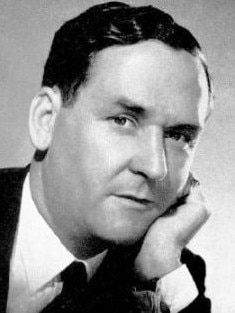
In February 1969 two flying saucers were reported to have landed near Kyogle, NSW. A local woman, Mrs Gibbs, visited the site to confirm the landing for herself and found a ring of scorched grass and some burnt toadstools, one of which she enclosed with her letter to the CSIRO in East Melbourne.
In the event of any “public reaction”, Mrs Gibbs promised to keep her discovery confidential “if you wish it so”. The burnt toadstool was sent to assistant government botanist JH Willis for analysis.
On March 25 Willis delivered the results of his investigation: “I have identified this toadstool as Lepiota gracilenta (Slender Parasol Mushroom) which occurs widely in moist grassy places almost throughout temperate Australia … Toadstools of this kind are known sometimes to form ‘fairy rings’ … that widen slightly, year by year, as food reserves in the soil are exhausted inside the growing circle. Usually there is a distinct ring of dry dead grass immediately behind the circle of the fungi, and this might well serve to explain Mrs Gibbs’s ‘definite circle of scorched grass’.”
The CSIRO was not the only government agency drafted to help with UFO investigations.
Between the late 50s and mid-60s the Weapons Research Establishment in Salisbury, South Australia, was heavily involved in the top-secret development and testing of Britain’s Blue Steel nuclear guided missile.
The expertise gained by the WRE in rocketry and advanced engineering made it an obvious choice to help with the technical analysis of UFO sightings.
On April 8, 1963, 160km north of Broken Hill, a man named McClure discovered a shiny metal sphere roughly 35cm in diameter, weighing 5.4kg. The sphere had been spotted by a plane crossing part of the outback that was said to have been “shunned by human beings for at least 50 years”. McClure turned his find over to the government for further investigation.
Nearly two months later, 100km from the site of McClure’s discovery, another, slightly larger metal sphere was found — also perfectly smooth and “without any aperture of any kind to give access to the interior”.
A fortnight later, near Muloorina, a third sphere was found. This one was smaller, weighing just over 3kg, with “one small aperture, about half an inch in diameter, which enabled investigators to ascertain that the sphere was lined with lead”.
On April 30, 1963, supply minister Allen Fairhall told parliament that “without any doubt … it came from a space vehicle of some kind … (and) as the contents may be of scientific interest the sphere has not yet been opened”.
Australian scientists were said to be puzzled by the metal spheres and to have “no idea what they were or where they came from”. Efforts to open one of the spheres with drills and hacksaws were described as futile.
The WRE was never able to solve the mystery of the metallic spheres, but a minute by a WRE safety officer speculated that they belonged to the pressuring system of a satellite or satellite launcher.
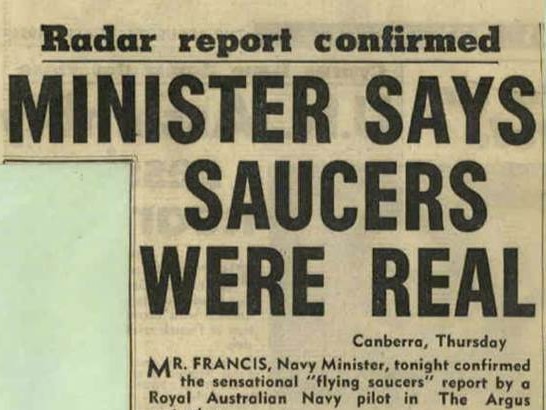
Flying saucers were not unknown over Canberra. On April 28, 1961, The Canberra Times reported several sightings of a “mysterious silver object” passing over Canberra the previous afternoon. Callers described it as a “glittering silver ball travelling at terrific speed”.
During the late 60s and early 70s rumours began to circulate among Australian UFO enthusiasts about a string of unexplained sightings.
There were allegations of UFO crashes or explosions at Church Point in Sydney in April 1969; at Indooroopilly in Brisbane in December 1970; and at Nowra on the NSW south coast in 1976.
In October 1972 an Albury man named Norman Benstead claimed to have taken photographs of a UFO flying over Lake Hume on the NSW-Victoria border. A CSIRO scientist later worked out that Benstead’s photographs were fakes, created by winding back the film in a cheap Instamatic camera to allow a double exposure. The UFO was really a lampshade.
Nevertheless, a thick file at the National Archives reveals that in 1981 a letter about Benstead’s sighting reached the office of defence minister James Killen, as well as the minister for science and technology and the minister for administrative services. The subject was considered sensitive enough for the action sheet to be marked, “Please pass by hand at every stage”.
The Australian Defence Force stopped investigating reports of UFOs in 1993. According to Hansard, the last time a question about UFOs was asked in the Australian parliament was October 17, 1996. But in Washington flying saucers remain serious business.
In August last year the US Department of Defence established a taskforce to detect, analyse and catalogue unidentified aerial phenomena (also known as anomalous aerial vehicles) that could “potentially pose a threat to US national security”.
The $US2.3 trillion ($2.9 trillion) government funding bill passed by congress last month gave the director of national intelligence and the defence secretary six months to tell the intelligence and armed services committees what they knew about UFOs. It might be less than we imagined.

